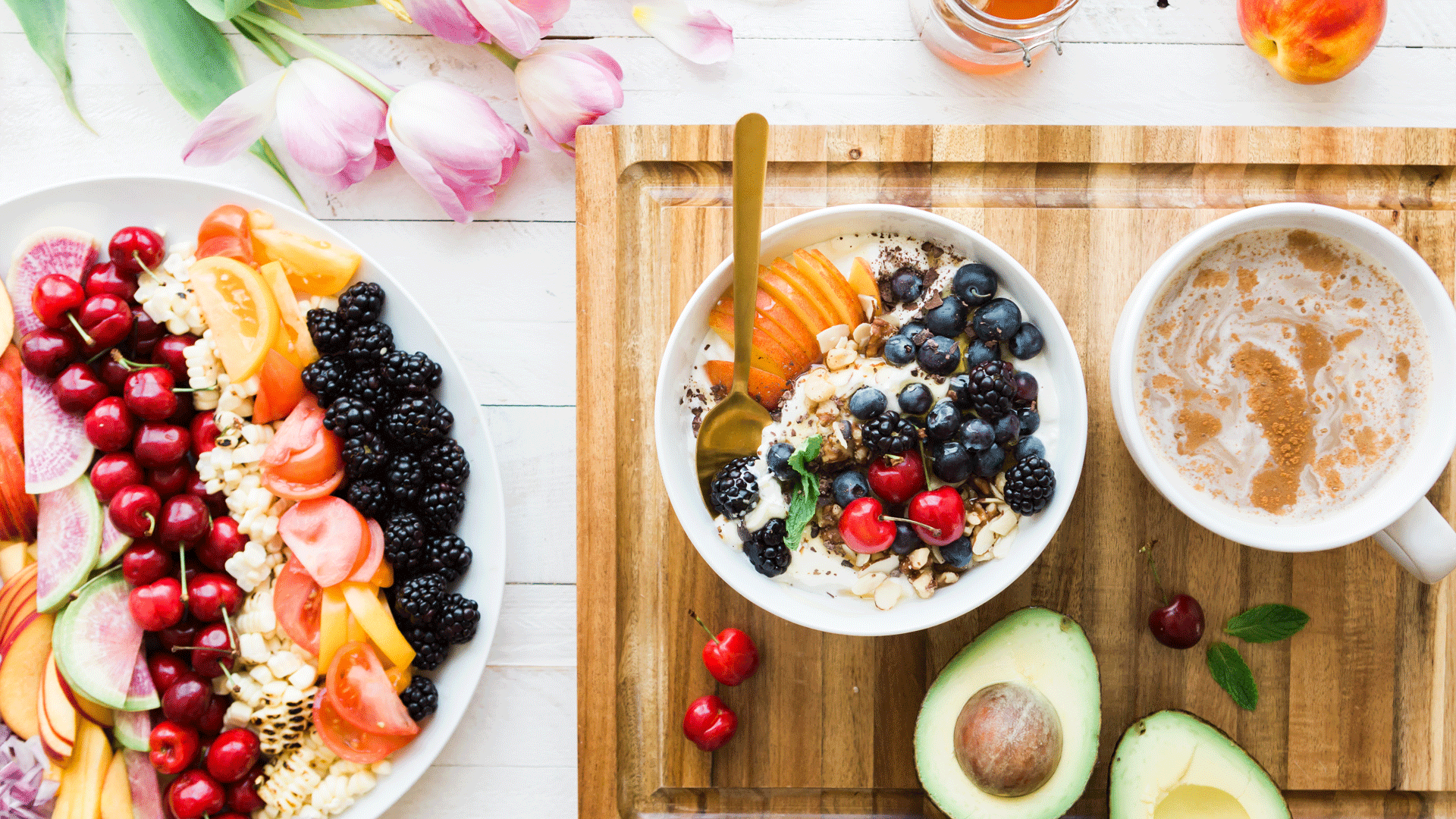
03 Mar Superfoods For Kids?
Are ‘superfoods’ really so super? What foods should my children and I mostly eat?
The term ‘superfood’ has no real medical meaning and is a relatively new term. It’s been applied to some foods that are rich in particular vitamins and minerals, particularly some of the foods that have recently been introduced into the marketplace. There’s no particular reason why these foods should be bought and eaten in preference of others, especially if they’re not liked.
Dairy products or a suitable substitute are important for children.
The basic principles still apply to the dietary needs of children. They need to be offered a wide variety of fresh, unprocessed or minimally processed food. All these foods have value and it’s the balance of these within the child’s eating plan that will help determine their relative nutritional value.
Small children need full-fat rather than low-fat dairy products, as their nervous system requires fat to ‘insulate’ developing nerve fibres. This doesn’t mean they should have a high-fat diet.
The so-called ‘superfoods’ have no unique qualities that cannot be found in a normal, well-balanced eating plan.
While fresh juice is good occasionally, it can be loaded with fruit sugar, as often the juices are made of four or five pieces of fruit. It’d be preferable to have whole fruit to eat and water to drink. Foods that are good to include in a child’s eating plan are fish for protein and omega three, berries (strawberries, raspberries, blueberries, cranberries, acai and goji) for vitamins, fibre and antioxidants, and also oats for protein, fibre and B group vitamins.
The cruciferous vegetables (broccoli, cauliflower, cabbage, brussels sprouts, kale, bok choy, cabbage) are also rich in antioxidants, calcium and some iron. If your child can tolerate nuts, all nuts are full of protein and some have calcium and Vitamin E.
Small amounts of good quality red meat three times a week is also a great source of iron and vitamins.
All of these foods are good to include in your child’s diet, but not to the exclusion of other foods like bread, pasta, rice, eggs, poultry, cereals, tofu, pulses and the other fresh seasonal vegetables and fruit.
Words by Dr Alanna Horadam

